It’s never too late to find your passion, and for career bartender Andy Walker, that passion has turned out to be smoking meats.
“For the first 20 years of my career, I stayed as far away from the kitchen as possible,” Andy says. “Now, barbecue is a real passion for me. You’d be surprised what you’re really good at.”
Andy is one of the brothers and sons, behind Stanley Bar-B-Que, formerly Schweinehaus, in Overton Square.
He owns and runs the eatery with his brother, David, who is not new to the restaurant business nor to barbecue — he was on a barbecue-cooking team for Memphis in May for years, studied at the French Culinary Institute, and was an executive chef in New York before returning to Memphis to be with his family.
Andy and David opened Schweinehaus with their parents, Stanley and Martha, in 2014 once David returned to the Mid-South to be with his family while his father was being treated for congestive heart failure. Stanley passed away just after Christmas last year.
The brothers had already been adding more and more barbecue items to the menu in response to the demand they heard for it in the Overton Square area. They fully transitioned from a German beer hall to a barbecue restaurant in November, and officially changed the name to Stanley Bar-B-Que earlier this summer to not only match the name with the product but to also honor their dad.
“Dad always loved barbecue,” Andy says. “He would treat himself to ribs at the Rendezvous once or twice a year.”
They offer the full monty — ribs, pulled pork, chicken, turkey, and brisket. They can do Picnic Packs, ranging anywhere from a four-pack for $22 to a 12-pack for $59, with quarts and pans of sides that can feed from 50 to 300-plus. They have barbecue nachos, smoked whole wings, Texas chili, and homemade pies made by Mom.
“We have people who come in and buy whole pies,” Andy says. “They might be our best-seller.”
They kept some of the Schweinehaus favorites, more for survival instinct than anything else.
“We kept the things we would get murdered for taking off the menu,” Andy says.
That includes Beer Fries, with shoestring fries, beer cheese, chili, sour cream, and pico de gallo ($7); their popular pretzel, with beer cheese and Schweinehaus Mustard ($8); Sauerkraut Balls, with apple butter ($9); and Fried Brussels, with bacon, citrus vinaigrette, candied almonds, and balsamic onions ($9).
Lately they’ve been giving the space a makeover, giving it a “softer” look than the heavy wood tables and iron chandeliers.
“We’re painting, adding more chairs, finishing out the stage, and adding more TVs,” David says. “I like to say we’re a work in progress all the time. In the restaurant business, you have to constantly be your own worst critic.”
Stanley Bar-B-Que, 2110 Madison, 347-3060. stanleybbq.net, Facebook, UberEATS, Bite Squad. Hours Sun.-Thurs., 11-1 a.m., Fri. and Sat., 11-2 a.m.
After a short-term dance with high-end dining, restaurateurs Dana Chen and Shon Lin decided to refocus their efforts on what they know.
The couple opened Izakaya on New Year’s Day to much fanfare. Memphians clamored to get a look at the historic Nineteenth Century Club, which the couple restored for a $4 million price tag, but changeovers and other difficulties led them to shut the doors just four and a half months later.
They own three other restaurants, including two Red Fish Sushi Asian Bistros in Olive Branch and Lakeland and Kublai Khan in Southaven, and felt that a Memphis-based Red Fish would be a good fit.
On July 1st, the well-appointed mansion on Union reopened its doors as Red Fish, recently complete with a new sign and sculpture designed by local artist Yvonne Bobo.
“We felt like a lot more people in the area can experience the Nineteenth Century Club,” Chen says. “We have a new price point that everybody can afford.”
 Bianca Phillips
Bianca Phillips
Cashew Tofu from Red Fish
They offer a wide range of sushi options, hibachi dishes, bento boxes, stir fry, and a section of the menu dedicated to “Deep Fried Chicken” options.
Chen says sushi and chicken are their top sellers.
“We have the best sushi in town,” she says. “That’s what all of our customers tell us.”
 Justin Fox Burks
Justin Fox Burks
Other top sellers include General Tso’s Chicken and Golden Sesame Chicken ($9.95 lunch/$12.95 dinner). Things expand quite a bit for dinner, with an appetizer menu that offers crab puffs and beef tataki and chef specialities like Chilean sea bass, served with roasted corn, jumbo lump crabmeat, onion, garlic, asparagus, and seafood sauce ($34.95) and yuzu filet mignon, served with julienned vegetables and Yuzu wasabi sauce ($31.95).
These days Shon is running the kitchen, and they’re waiting for the right time to open the upstairs again.
“It’s a beautiful building, and everybody can come in and experience it while eating some really excellent food,” Chen says.
Red Fish Sushi Asian Bistro, 1433 Union, 454-3926. redfishbistro.com, Facebook. Hours Sun.-Thurs., 11 a.m. to 9:30 p.m., Fri.-Sat., 11 a.m. to 10:30 p.m.

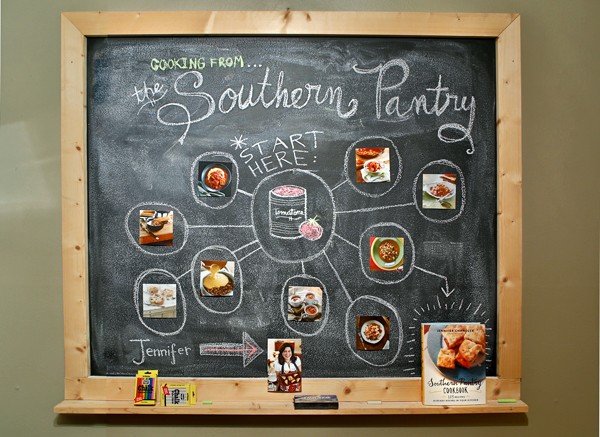 Justin Fox Burks and Amy Lawrence
Justin Fox Burks and Amy Lawrence 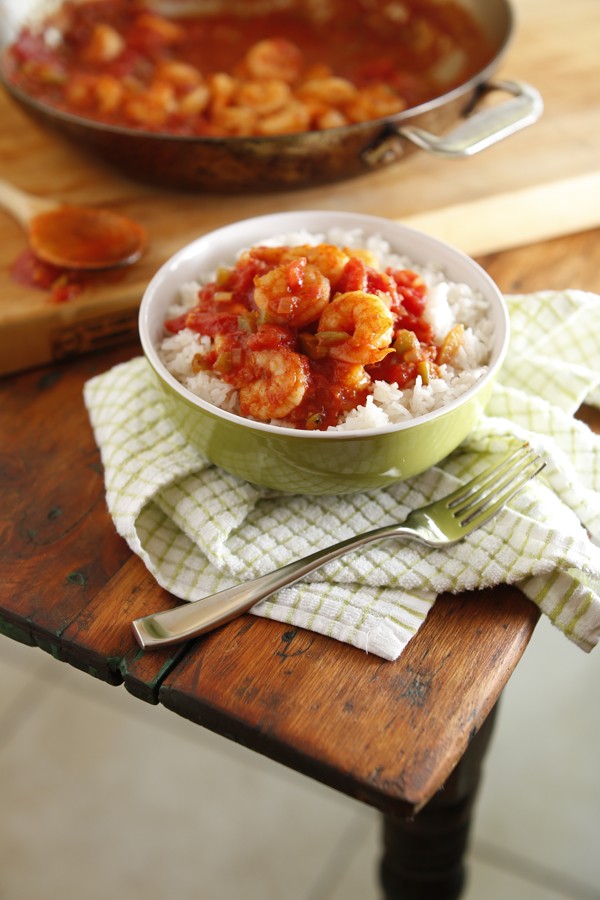 Justin Fox Burks
Justin Fox Burks 
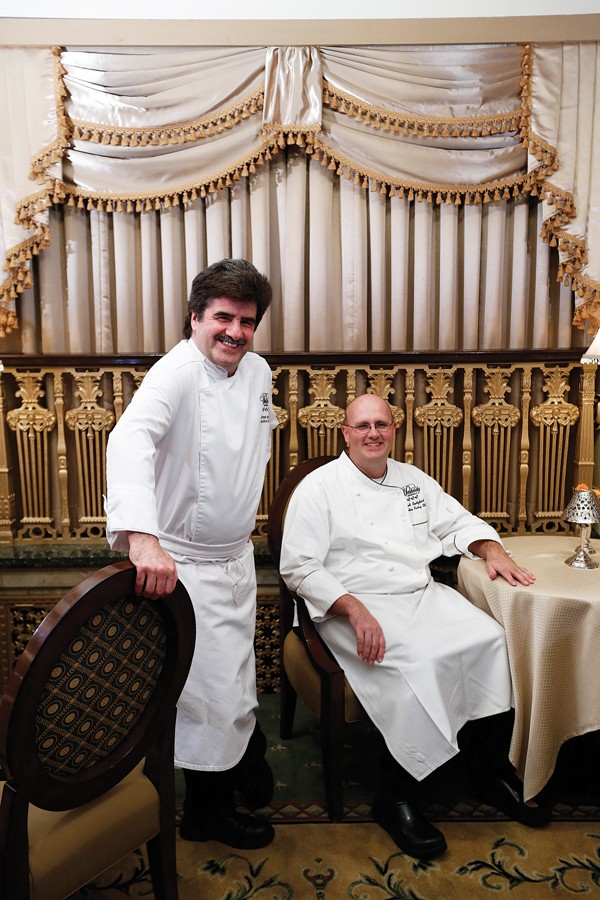 Justin Fox Burks
Justin Fox Burks  Justin Fox Burks
Justin Fox Burks  John Minervini
John Minervini  food Feature By John Klyce Minervini
food Feature By John Klyce Minervini 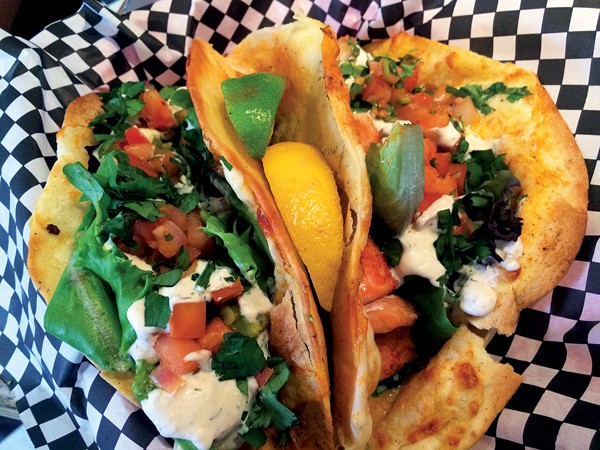
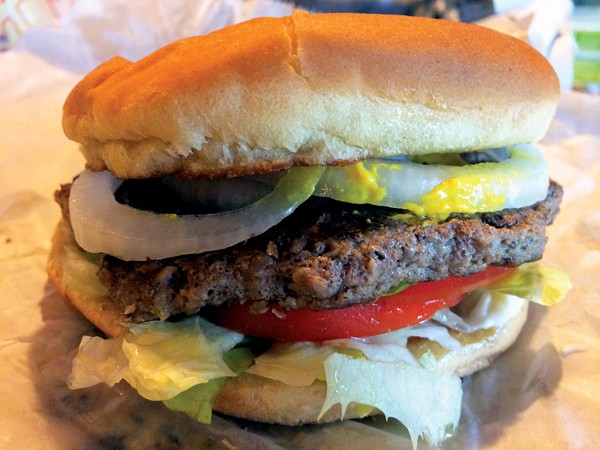
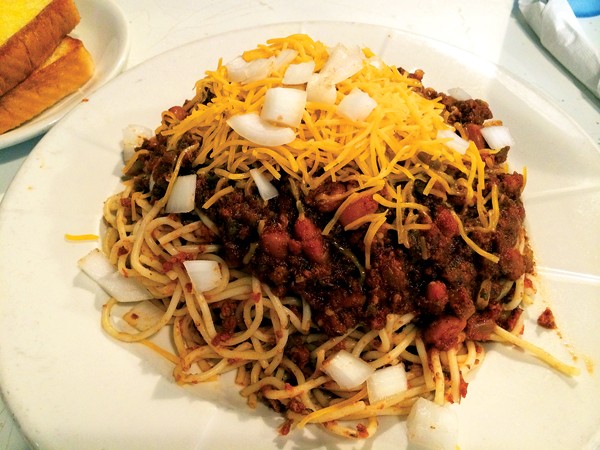
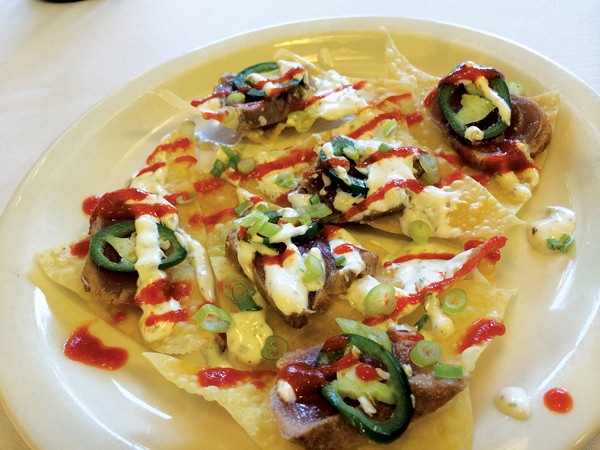 Stacey Greenberg
Stacey Greenberg 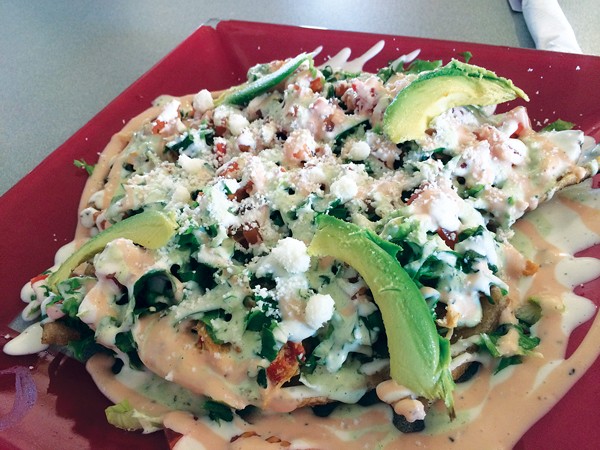 Stacey Greenberg
Stacey Greenberg